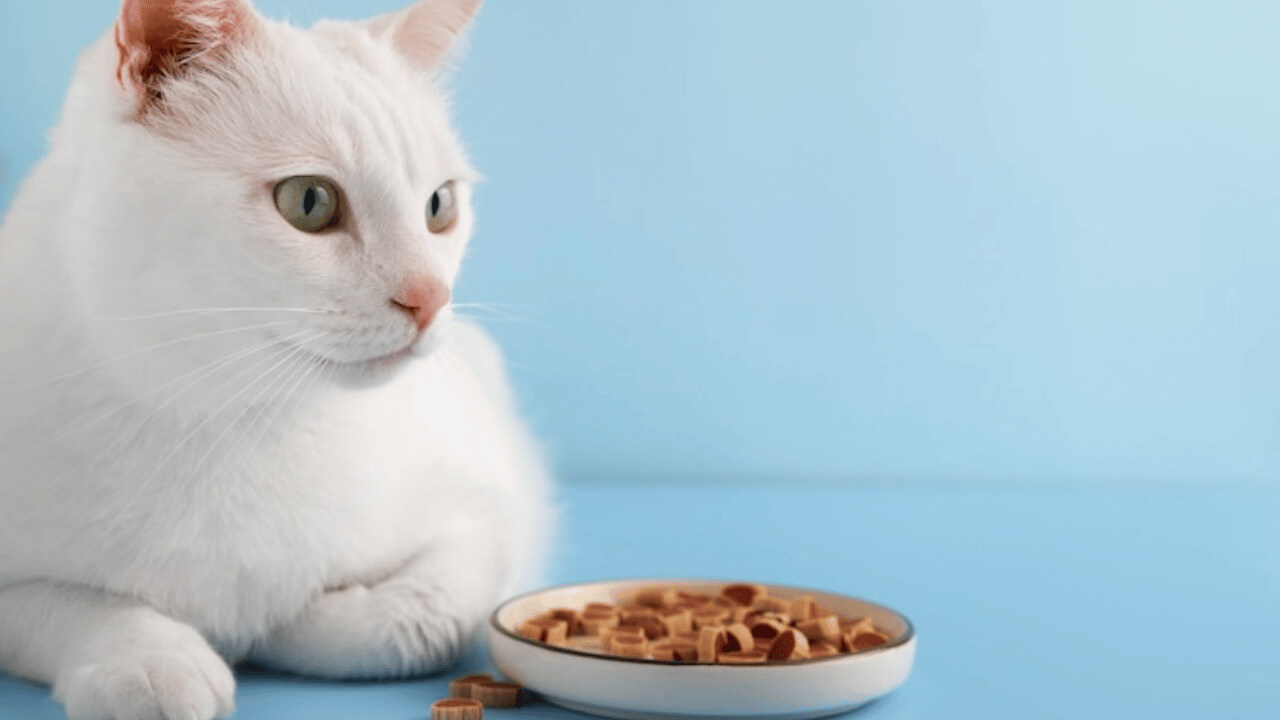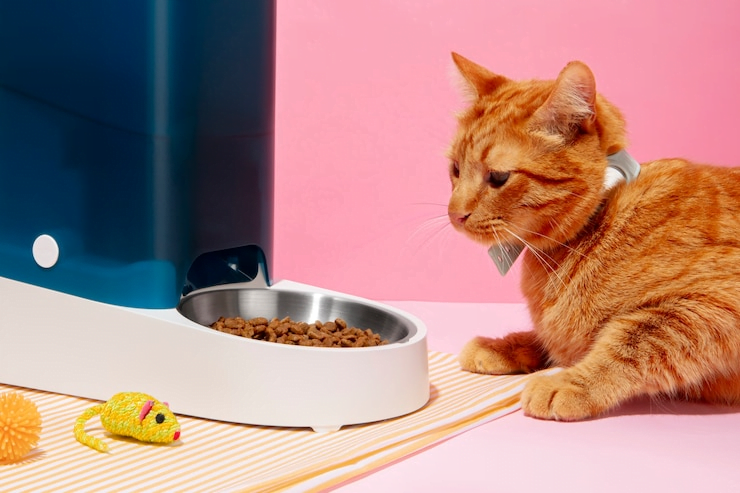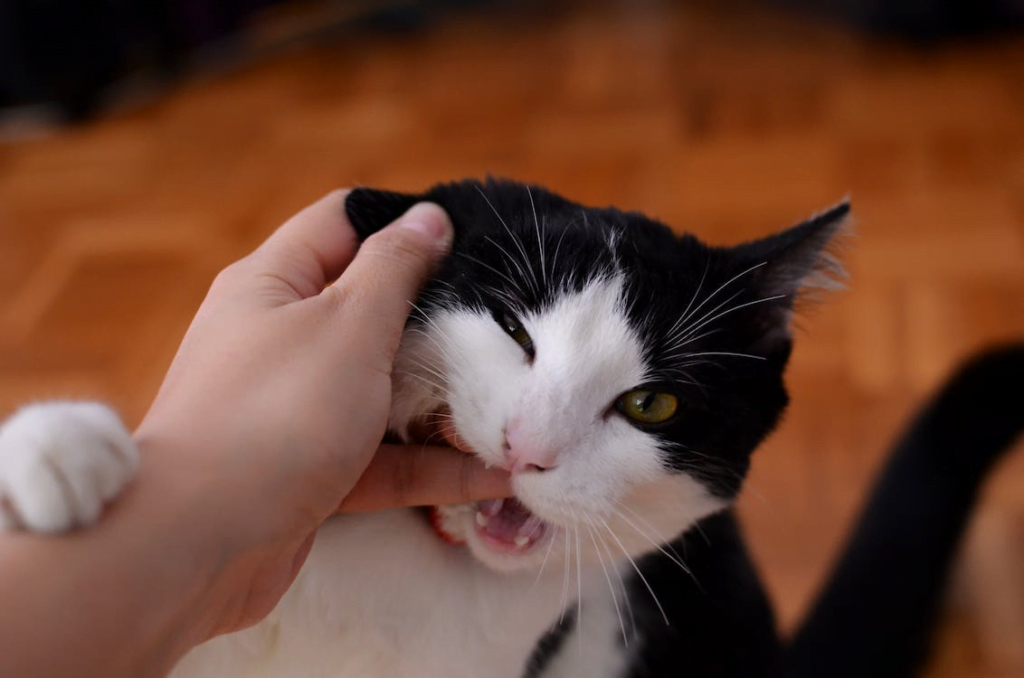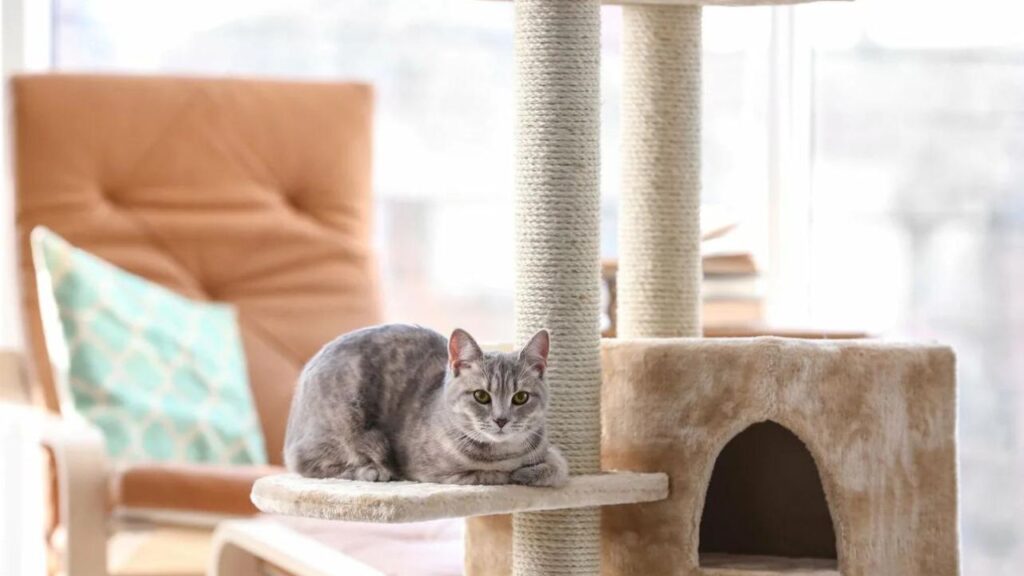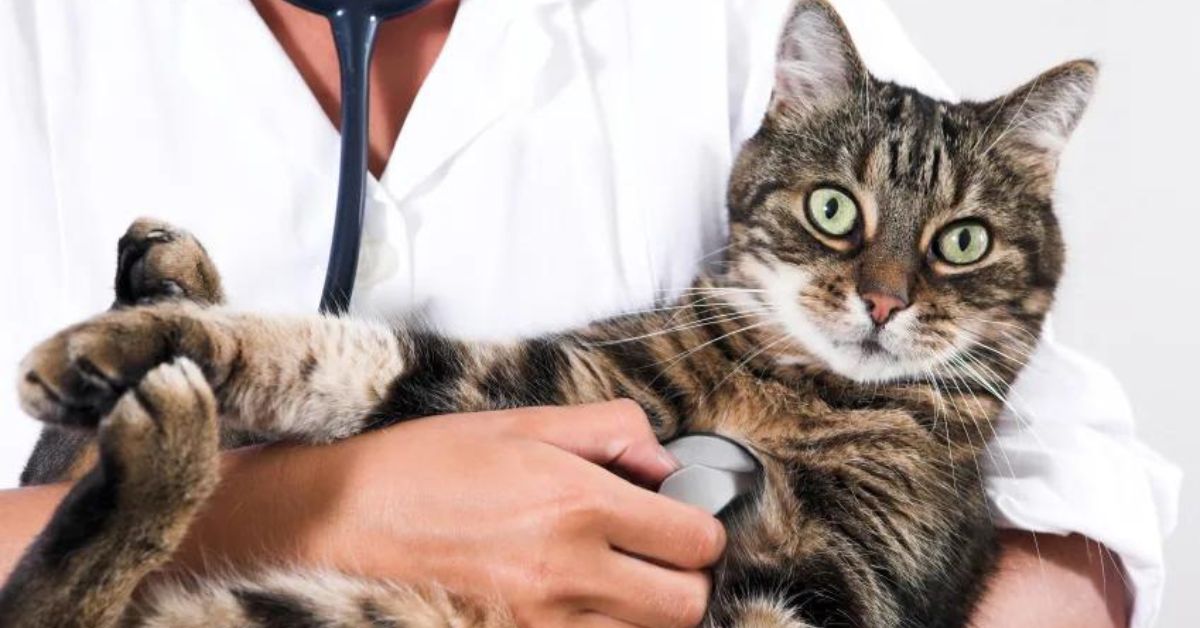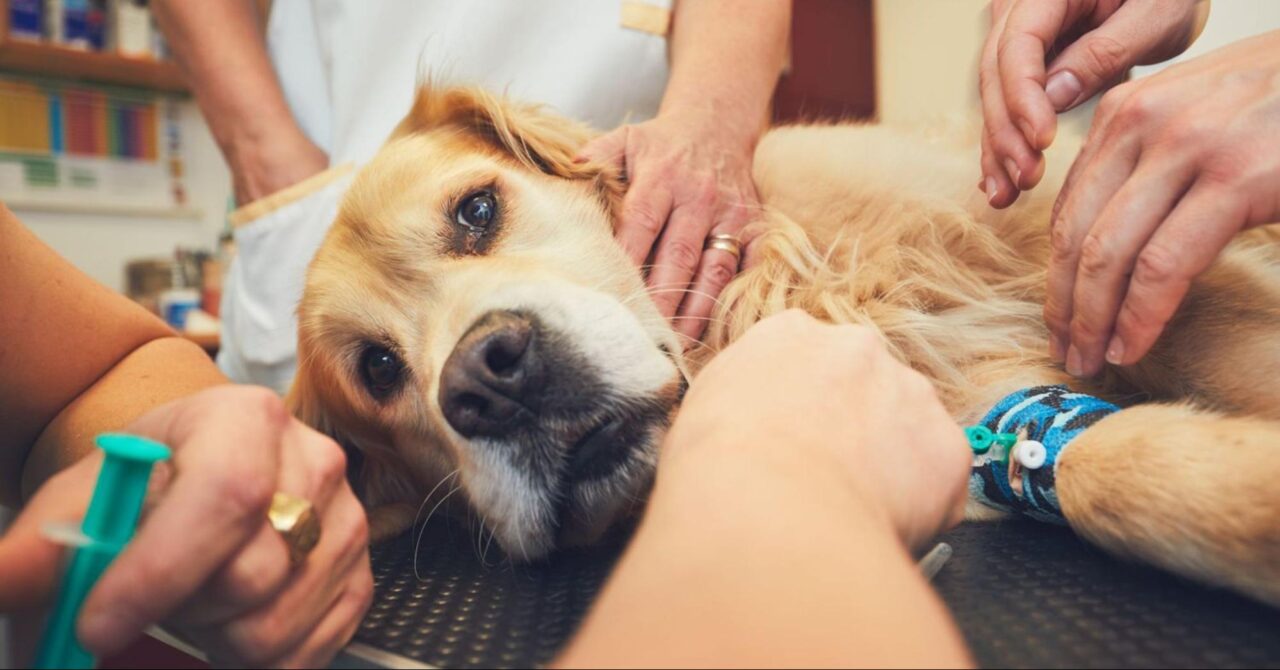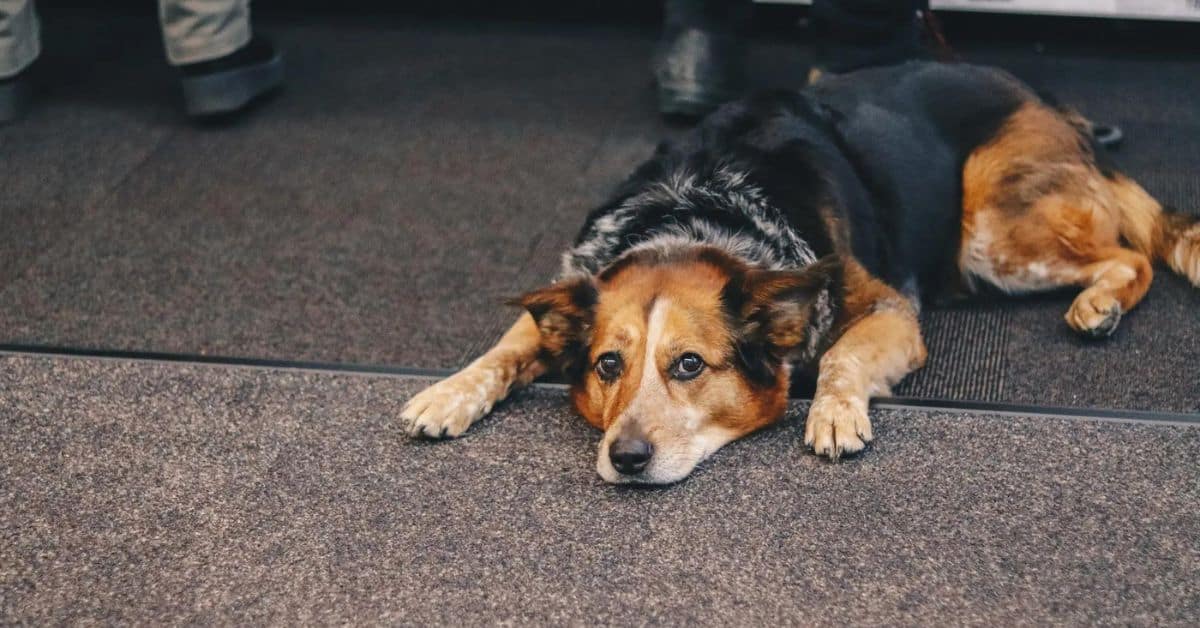
the Declawing Procedure
Declawing is more than just removing a cat’s claws. This procedure entails the removal of the final segment of every toe, akin to a heartbreaking severance of their very essence. This is comparable to removing the last joint of a human finger. There are several methods used in the declawing process:
- Rescoe Clipper Method: This involves using a sterilized clipper to sever the bone, ligaments, and tendons attached to the claw.
- Disarticulation Method: This technique involves surgically removing the entire third phalanx (the last bone) of the toe.
- Laser Surgery: This modern method uses a laser to remove the third phalanx and is considered less painful with a quicker recovery time.
How Much To Declaw A Cat Cost
The cost of declawing a cat can vary widely depending on several factors. Here, we break down the typical expenses associated with the procedure.
Basic Surgery Costs
- Traditional Surgery: Average Cost: $100 – $250 per cat.
Details: This includes the pre-surgical exam, anesthesia, and the surgery itself. - Laser Surgery: Average Cost: $200 – $450 per cat.
Details: Laser surgery tends to be more expensive due to the advanced technology and equipment required.
Additional Costs
- Pre-Surgical Blood Work: Average Cost: $40 – $70.
Details: Ensures that the cat is healthy enough to undergo surgery. - Pain Management Medication: Average Cost: $15 – $50.
Details: Essential for post-operative pain relief and to ensure a comfortable recovery. - Post-Surgical Care: Average Cost: $20 – $50.
Details: Follow-up visits to monitor recovery and address any complications. - Hospitalization: Average Cost: $50 – $100 per day.
Details: Some cats may need to stay overnight for observation.
Geographical Variation
The cost of declawing can also vary significantly based on location. Veterinary practices in urban areas or regions with a higher cost of living typically charge more than those in rural areas.
Additional Services
1. Pre-Anesthetic Screening:
Average Cost: $30 – $50.
Details: Includes blood tests to ensure the cat can handle anesthesia.
2. Post-Operative Kits:
Average Cost: $10 – $20.
Details: Includes bandages, antiseptic ointments, and other necessary supplies for home care.
3. E-Collars:
Average Cost: $10 – $20.
Details: Prevents the cat from licking or biting the surgical site.
Factors Influencing the Cost of Declawing
Several factors can influence the overall cost of declawing a cat:

1 Veterinarian’s Experience and Expertise:
- Experienced veterinarians may charge more due to their expertise and advanced skills.
2 Clinic Reputation and Equipment:
- Well-established clinics with modern equipment and facilities may have higher fees.
3 Cat’s Age and Health:
- Older cats or those with pre-existing health conditions may require additional care and monitoring, increasing the overall cost.
4 Types of Anesthesia Used:
- The choice between local anesthesia and general anesthesia can affect the cost, with general anesthesia typically being more expensive.
Ethical Considerations and Alternatives
Declawing is a highly debated topic within the veterinary and animal welfare communities. Many argue that it is an inhumane procedure that can lead to long-term physical and psychological issues for the cat. Before deciding to declaw, it is important to consider these ethical implications and explore alternative solutions:
1 Regular Nail Trimming:
- Regularly trimming your cat’s nails can help prevent damage to furniture and reduce the need for declawing.
2 Scratching Posts and Pads:
- Providing appropriate scratching surfaces can help redirect your cat’s natural behavior away from furniture and other household items.
3 Soft Paws (Nail Caps):
- These are soft plastic caps that can be glued over your cat’s claws, preventing them from causing damage while still allowing natural scratching behavior.
4 Behavioral Training:
- Training your cat to use designated scratching areas can be an effective long-term solution.
Pros and Cons of Declawing
Pros
- Protection of Furniture and Household Items: No more shredded sofas or curtains.
- Reduced Risk of Scratches: Safer interactions, especially for children and elderly family members.
- Behavioral Improvements: Can resolve aggressive scratching behaviors.
Cons
- Pain and Discomfort: Declawing is painful, and some cats may experience long-term discomfort.
- Behavioral Changes: Some cats might become more aggressive or resort to biting.
- Health Risks: Potential for infection, lameness, or even long-term joint problems.
Low-Cost Cat Declaw Near Me
Finding a low-cost option to declaw your beloved cat can be a daunting task, especially when you want the best for your furry friend. Consider reaching out to local veterinary schools, animal shelters, and non-profit organizations. These places often offer discounted rates for veterinary services, including declawing. Veterinary schools provide quality care as part of their training programs, while shelters and non-profits aim to support pet owners on a budget. Your heart may be heavy with worry, but there are affordable solutions out there to ensure your cat is in safe hands.
How Much to Declaw a Cat Near Me
The cost of declawing a cat can vary widely depending on your location and the specific services provided. On average, traditional declawing surgery can cost between $100 to $250, while laser surgery can range from $200 to $450. Additional expenses such as pre-surgical blood work, pain management, and post-surgical care can add $40 to $150 more. In the bustling heart of urban landscapes, prices soar to unreachable heights, casting a shadow of unattainability over the dreams of those yearning for simplicity in the tranquil embrace of rural havens. To find the best price near you, contact local veterinary clinics and inquire about their rates and payment plans. It’s a tough decision, but understanding the costs can help you prepare and find the most compassionate care for your pet.
Alternatives to Declawing a Cat
Opting for alternatives to declawing your cat can be a kind and compassionate choice. Regular nail trimming, providing scratching posts, and using soft nail caps (like Soft Paws) can effectively manage your cat’s scratching behavior without resorting to surgery. Training your cat to use designated scratching areas through positive reinforcement can also help. These alternatives not only keep your cat safe and happy but also preserve their natural behaviors.
Disadvantages of Declawing a Cat
Declawing a cat is a major surgery that can lead to several long-term disadvantages. It often results in chronic pain, behavioral changes, and a loss of balance, as claws play a crucial role in a cat’s ability to climb and defend itself. Post-surgical complications such as infection and regrowth of improperly removed claws can also occur. Many cats experience emotional distress, leading to increased aggression or anxiety. Considering these risks, it’s essential to weigh the ethical and health implications before deciding to declaw.
How Much to Declaw a Cat in Ohio
In Ohio, the cost of declawing a cat typically ranges from $150 to $350 for traditional surgery, while laser surgery can cost between $250 and $500. These prices can vary based on the specific clinic, the cat’s age and health, and any additional services such as pre-surgical blood work or post-operative care. Contact local veterinary clinics to get accurate quotes and inquire about any available discount programs or payment plans.
How Much to Declaw a Cat in Illinois
The cost to declaw a cat in Illinois generally falls between $200 and $450 for traditional procedures and can go up to $600 for laser surgery. Factors such as the clinic’s location, the veterinarian’s experience, and the complexity of the surgery influence these costs. Additional expenses for pre-surgical assessments and post-operative care should also be considered. To find the most affordable and reputable option, reach out to multiple veterinary clinics in your area and ask for detailed cost estimates.
FAQS
Is Declawing A Cat Painful?
Yes, declawing is a painful procedure, and while anesthesia is used during surgery, cats can experience significant pain during recovery.
Are There Any Alternatives To Declawing?
Yes, alternatives include regular nail trimming, providing scratching posts, using nail caps, and training your cat.
How Much Does It Cost To Declaw A Cat?
The cost can range from $400 to $1000, depending on various factors like location, vet experience, and the health of your cat.
Is Declawing A Cat Legal Everywhere?
No, some places have banned declawing due to its ethical implications. Check local regulations before considering the procedure.
Can Declawing Change My Cat’s Behavior?
Yes, some cats may experience behavioral changes post-declawing, such as increased aggression or biting.
Declawing a cat is a significant decision that should not be taken lightly. It involves not only financial costs but also ethical considerations. Understanding the full range of costs and implications associated with the procedure is essential for making an informed decision. We strongly encourage exploring alternative methods to manage your cat’s scratching behavior before opting for declawing.

